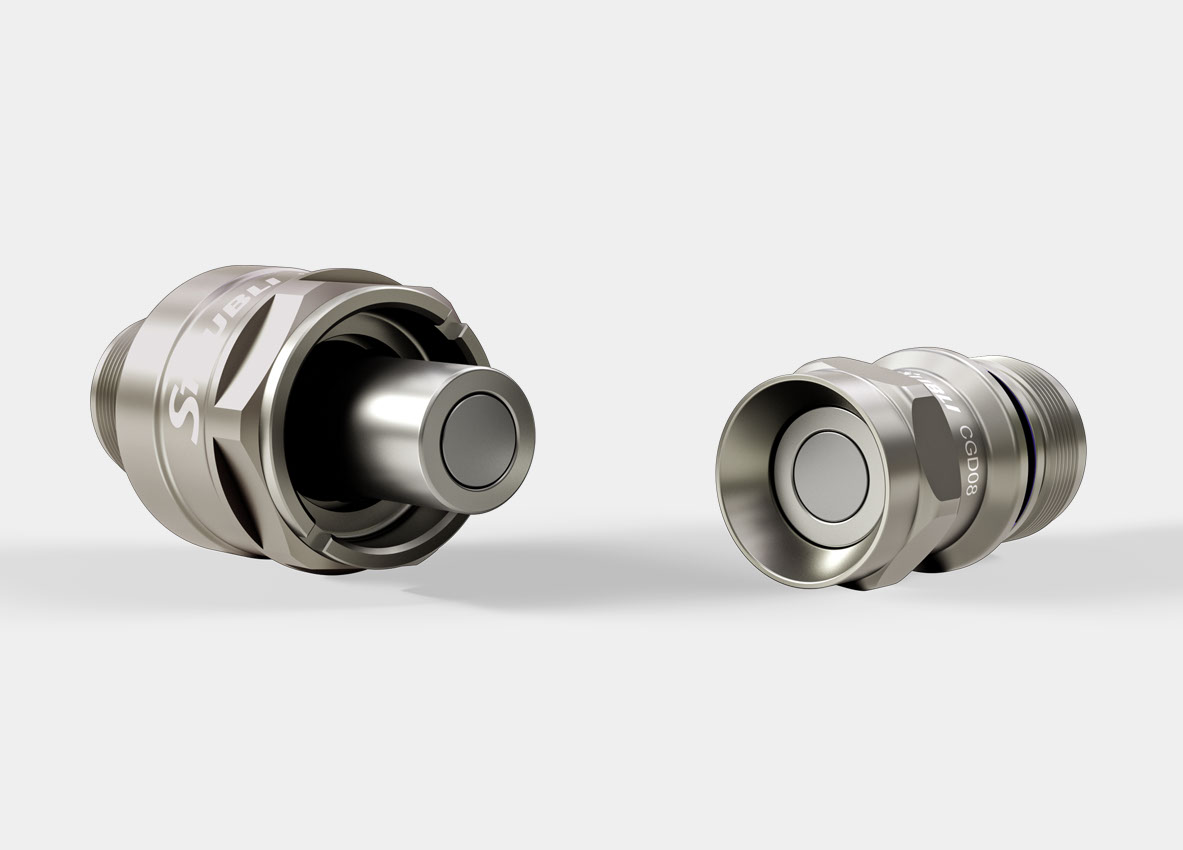- Europe
- Americas
- Asia and Middle East
- Africa and Oceania
Stäubli Quick Release Couplings: A Superb Solution For supercomputer and Datacenters
Supercomputers and datacenters operate very much behind the scenes, yet they play an important role in many aspects of our lives.
They serve multiple purposes and are used to perform complex scientific or engineering calculations, predict weather patterns and climate change, and even model the spread of viruses and pandemics, amongst their many and varied tasks.
As for any technology, there is always a race to develop the latest and fastest, and this accolade is currently held by the supercomputer Fugaku, number one in the TOP500 list, and which is currently being installed at RIKEN.
As the name suggests, supercomputers are not only fast but large and the supercomputer Fugaku occupies some 1,900 square meters of floor space, which is equivalent to four basketball courts. The supercomputer derives its name from an alternative name for Mount Fuji symbolizing its “High” performance. Fugaku uses 158,976 A64FX Fujitsu CPUs joined together using Tofu interconnect, a proprietary computer network topology developed by the company for supercomputers.
Balancing Challenges, Performance And Prestige
The design and development of a supercomputer such as Fugaku is complex and presents numerous challenges for the various partners involved. For a company such as Fujitsu, internationally recognized as a leader in information technology, there is also great prestige attached to a project of this magnitude. However, this can only be realized, if individual and specific technical, operational and safety challenges are addressed in a way that will eliminate risk. Other important factors to be considered include reducing the requirements for maintenance and subsequent downtime, to allow the supercomputer Fugaku to operate at the highest possible levels of utility effectiveness, which will in turn reinforce Fujitsu’s reputation as a market leader in this technology. The choice of suppliers therefore, for the various different elements of the project, will play a crucial role in ensuring its overall success.
Such powerful computers require highly efficient water cooling to keep the CPU’s at their optimum temperature to reduce failure rates and achieve ultra-low power consumption levels.
It goes without saying that water and electronics must never come into contact with each other, therefore Fujitsu needed to have complete confidence in the design, functionality and reliability of the quick release couplings required to connect the individual “Blades” to the mounting chassis within the system. A less than robust solution here could have significant implications on both operational performance and safety.
Stäubli’s proven track record and expertise spanning some 25 years in liquid cooling for electronic components within the Aerospace and Rail sectors, two highly regulated industries, served to bring Stäubli’s CGD quick release coupling technology to the fore as the optimum solution for this demanding application. This decision was also reinforced through Stäubli’s international presence and the company’s production capacity.
Stäubli’s CGD quick release metal couplings provide a flush face, no leak solution at the point of connection and disconnection, guaranteeing the integrity of the cooling circuit.
The capacity for high flow volume, combined with the liquid seal protection offered by the precision design of the connectors mating surfaces, delivers both the highest levels of performance, and long term reliability, essential attributes for a project of this nature.
The “Hot Swap” process, changing defective “Blades” for new units whilst running, is a key factor in maintaining the high levels of utility effectiveness, and the unique ability of Stäubli’s CGD couplings to accommodate a degree of misalignment during “Hot Swapping”, together with the fact that no tools are required, minimizes the time required to change “Blade” units.
The light and compact CGD couplings are being used across the complete installation, which comprises over 400 racks in total, each of which will incorporate 384 sets of CGD quick release couplings.
The decision to use Stäubli’s CGD couplings for this prestige project is a testament to the trust that our project partners have placed in the performance and reliability of our products.
ABOUT FUGAKU
The supercomputer Fugaku, currently under installation in Kobe, Japan under a RIKEN-led project, is also being put to use to help combat the COVID-19 pandemic to the extent possible, by giving priority to research selected by the Japanese Ministry of Education, Culture, Sports, Science and Technology. Currently, five projects are being conducted by scientists from RIKEN and other research institutions.
CUSTOMER BENEFITS
Stäubli has an established track record in liquid cooling for electronic components.
The CGD quick release couplings deliver a no-leak solution at the point of connection.
Highest levels of performance plus long term reliability assured hot swap time is minimized through the ability to accommodate a degree of misalignment plus tool free changeover.

